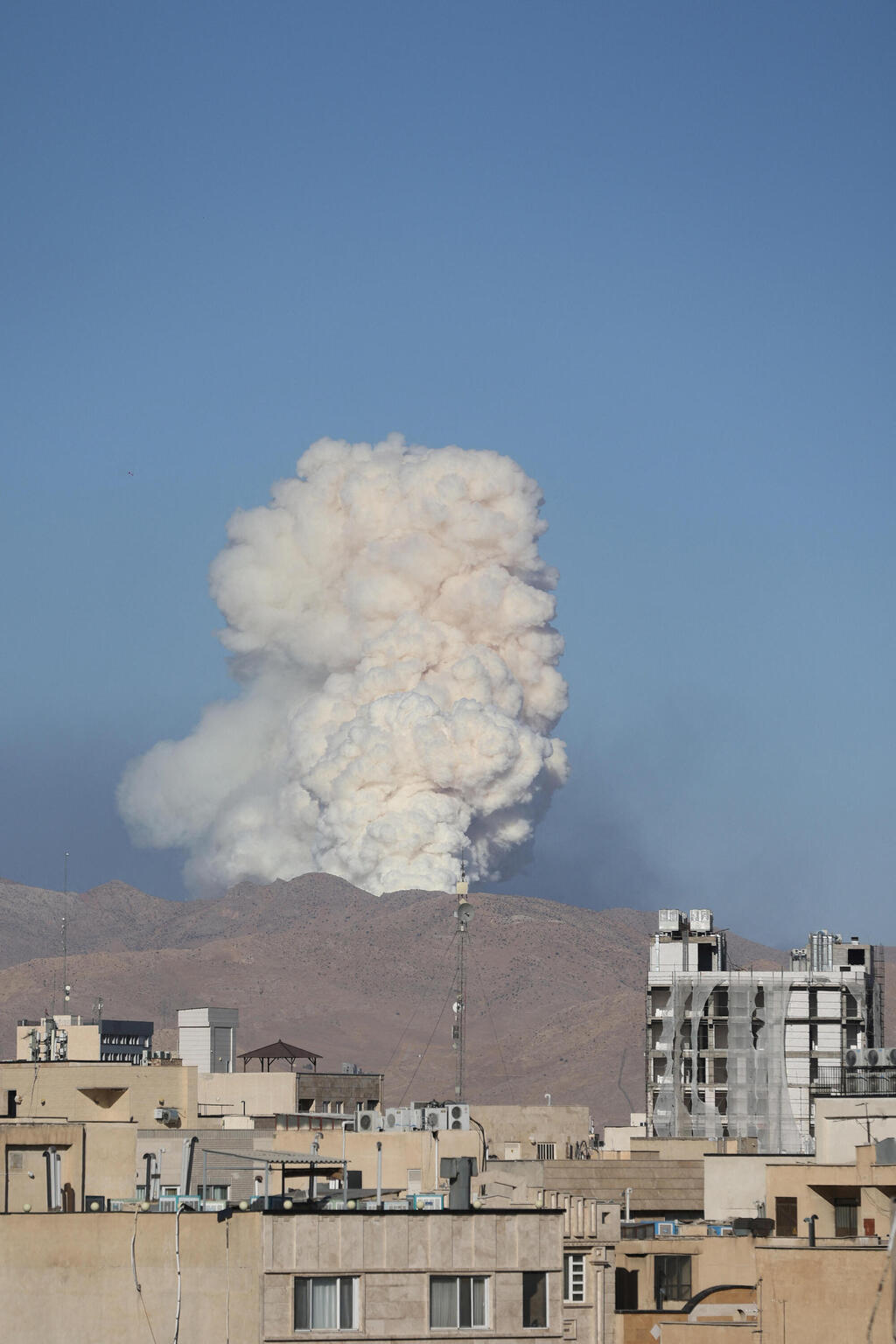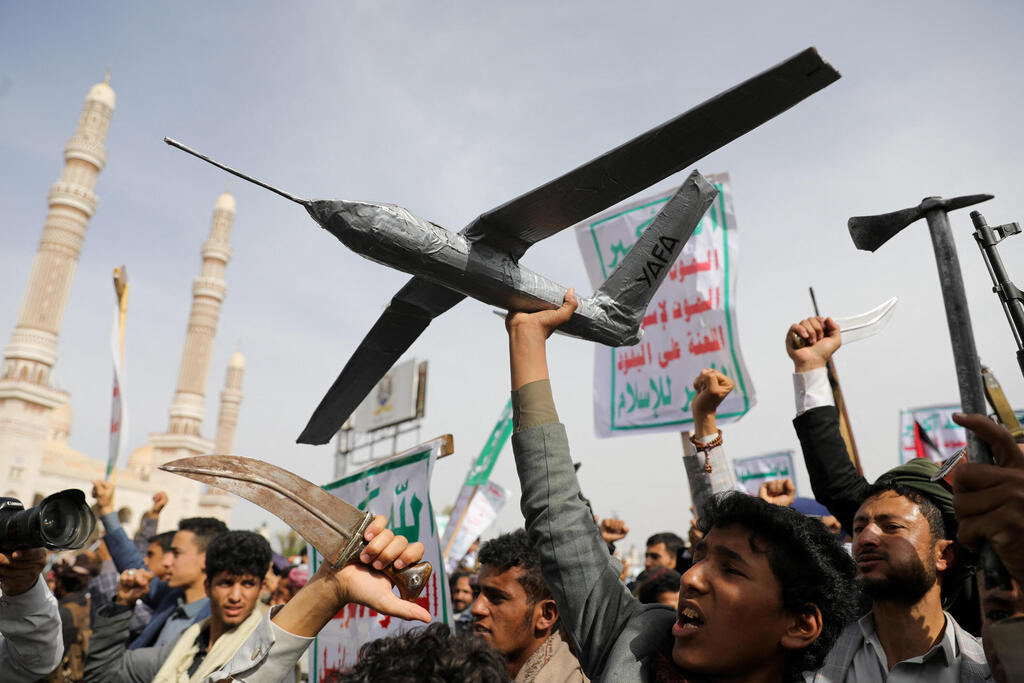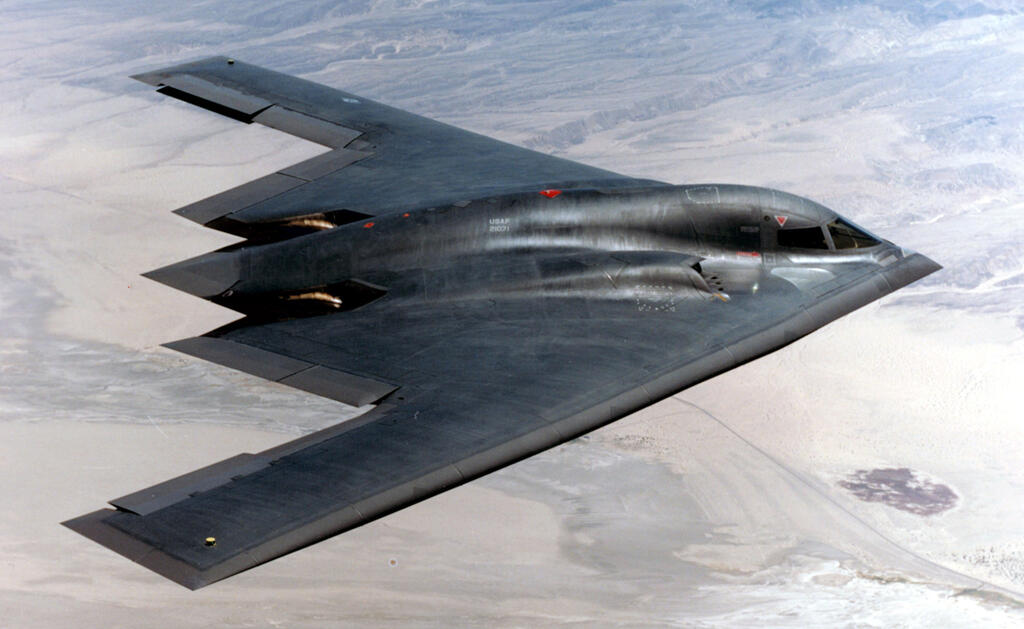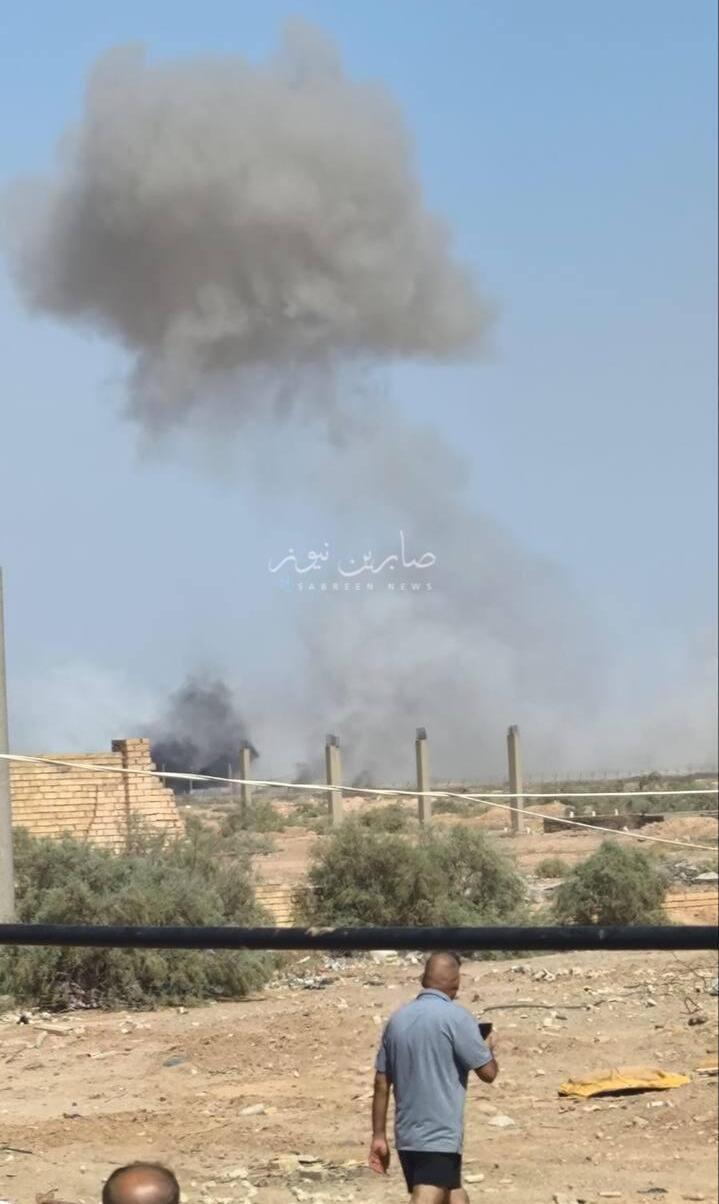Iran’s air defense systems were activated Saturday in several cities, including Qom, Tehran, Isfahan and Bandar Lengeh, state media reported. The Paris-based AFP news agency also documented “loud explosions” in central and northern Tehran.
In Jerusalem, IDF Chief of Staff Lt. Gen. Eyal Zamir paid an official visit to Arrow 136 air defense battalion alongside the Air Defense Corps commander, Maj. Gen. G., and other senior officers. According to the IDF, Zamir commended the battalion’s recent accomplishments—intercepting enemy missile launchers and neutralizing them just minutes before launch.
“Without you, strikes on Israeli civilians and infrastructure would have been devastating,” he told the troops. “The whole world is watching your performance in awe. You are saving lives. You are protecting the people of Israel.”
Yemen’s Houthi rebels warned Saturday that they would resume attacks on American ships in the Red Sea if the United States joins Israel’s ongoing military campaign against Iran.
The statement was broadcast on Al-Masirah, a Houthi-affiliated channel, which also published a letter reportedly sent from the so-called “chief of staff of the al-Qassam Brigades”—Hamas' military wing—to Houthi military commander Abdul Karim al-Ghamari. The letter, dated June 19—days after an Israeli assassination attempt on al-Ghamari—includes Hamas’ purported gratitude for Eid al-Adha greetings and praises the Houthis’ “heroic stance” in support of Gaza. “Your defiance will be remembered in history,” the message read.
In Jerusalem, Israeli officials have grown increasingly confident that al-Ghamari was seriously wounded in an Israeli airstrike last Saturday. A senior Israeli source told reporters, “He came to a meeting to chew khat (a traditional Yemeni pastime)—and that’s where we hit him. This is not a joke.”
Meanwhile, Iran’s official stance on diplomacy remains unchanged amid growing international pressure. Following Iranian Foreign Minister Abbas Araghchi’s meeting with EU and E3 (Britain, France and Germany) counterparts, an Iranian official told Reuters, “Iran welcomes diplomacy but not under the shadow of war.” He dismissed European proposals as "unrealistic" and warned that demands for Iran to halt uranium enrichment were a “dead end,” rejecting the possibility that Iran would negotiate its defensive capabilities, including its missile program.
In Iraq, Sabereen News, a media outlet linked to Iran-backed militias, reported that Hussein Khalil, the longtime personal bodyguard of slain Hezbollah leader Hassan Nasrallah, was killed in an Israeli strike inside Iran, along with his son. Khalil, also known as Abu Ali Jawad and nicknamed “the protector of the Sayyed,” had been close to Nasrallah since before he became Hezbollah’s secretary-general and frequently appeared beside him in televised speeches. Saudi broadcaster Al Arabiya reported that Khalil had trained with Iran’s Islamic Revolutionary Guard Corps in the 1990s and spent extended periods in secret bases in Tehran.
Overnight, the Israeli Air Force conducted two major strike waves in central Iran, targeting 25 sites with 130 munitions. A third wave followed during the day, hitting approximately 20 additional targets—including radars, naval bases, and command centers in the Ahvaz region—with another 50 munitions.
In addition to targeted killings, Israeli drones also destroyed dozens of missile launchers, some mounted on abandoned trucks along roadsides, left behind by retreating Iranian troops.
Six U.S. Air Force B-2 stealth bombers departed from Whiteman Air Force Base in Missouri en route to Guam, Fox News reported Saturday, citing flight tracking data and air traffic control communications.
U.S. officials confirmed to Reuters and the New York Times that the bombers departed Whiteman Air Force Base in Missouri en route to Guam. However, the Wall Street Journal reported no strike orders have been issued for these aircraft. The Pentagon emphasized that the redeployment of forces remains “defensive.”
The B-2 bombers are the only aircraft capable of carrying the bunker-busting GBU-57 Massive Ordnance Penetrator. This weapon is considered the only one capable of penetrating Iran’s heavily fortified Fordow nuclear facility. Though Fordow is believed to be buried up to 90 meters deep—beyond the GBU-57’s estimated 60-meter penetration—multiple successive strikes may still render it vulnerable. Each B-2 can carry two such bombs.
The New York Times also reported additional U.S. fighter jets—including F‑22, F‑16 and F‑35 models—have been repositioned to bases in the Middle East. These fighters could be tasked with accompanying B‑2 bombers on a strike mission directed at Fordow, or to defend U.S. personnel and facilities in the region against possible Iranian retaliation.
Iranian Foreign Minister Abbas Araghchi warned that any U.S. participation in attacks on Iran’s nuclear sites would be “extremely dangerous for everyone.” Speaking at an Islamic Cooperation conference in Istanbul, Araghchi said Tehran will not return to nuclear negotiations with Washington as long as the war with Israel continues. “We cannot negotiate with the U.S. while our cities are being bombed,” he said.
Meanwhile, the Israeli Air Force (IAF) launched fresh strikes on military infrastructure in southwestern Iran. The pro-Iranian Iraqi militia-affiliated Sabereen News Agency reported Israeli airstrikes on the Al-Shib crossing on the Iran-Iraq border, on the Iranian side. The opposition channel Iran International reported that the Islamic Revolutionary Guard Corps' Karbala base in Ahvaz, southwestern Iran, was also struck.
Since the beginning of Operation Rising Lion over a week ago, the IAF has carried out more than 1,000 strike missions using hundreds of aircraft and bombs to destroy missile storage and launch sites across Iran. Israel says the strikes have pushed Iran’s launch capabilities east and southward, away from the western part of the country.
Israeli military officials say daily sorties are aimed at “deepening operational success and preventing Iran from regaining access to launch sites.” In addition to manned airstrikes, Israeli drones have destroyed dozens of ballistic missile launchers and killed numerous operatives. "These strikes have created panic among Iranian troops, who have been seen abandoning launch trucks,” said an Israeli military source. The Air Force estimates that over 200 surface-to-surface missile launchers have been neutralized.
Get the Ynetnews app on your smartphone: Google Play: https://bit.ly/4eJ37pE | Apple App Store: https://bit.ly/3ZL7iNv
Brig. Gen. A., commander of Hatzerim Airbase, said: “We’re targeting enemy missiles, storage sites, launchers and personnel—reducing the volume of fire directed at Israel.”
Footage of drone interceptions launched from Iran toward Israel, and of a strike on a truck carrying a UAV launcher in Iran
(Video: IDF)
The IAF added that it intercepted about 40 drones launched from Iran overnight, bringing the total number of UAVs downed since the start of the operation to more than 470—with a 99% interception success rate.
It also reported that, guided by Military Intelligence, Israeli aircraft struck a dual-barreled UAV launcher in Isfahan prepared for immediate launch toward Israeli territory.
Meanwhile, Iranian media reported that at least 430 people have been killed and 3,500 wounded in the Islamic Republic since the beginning of the campaign.
First published: 15:36, 06.21.25








